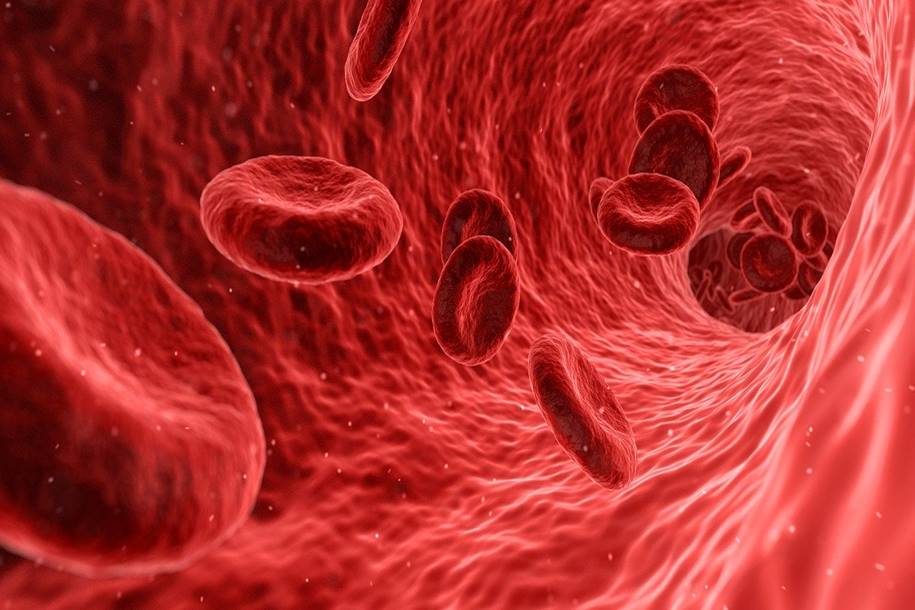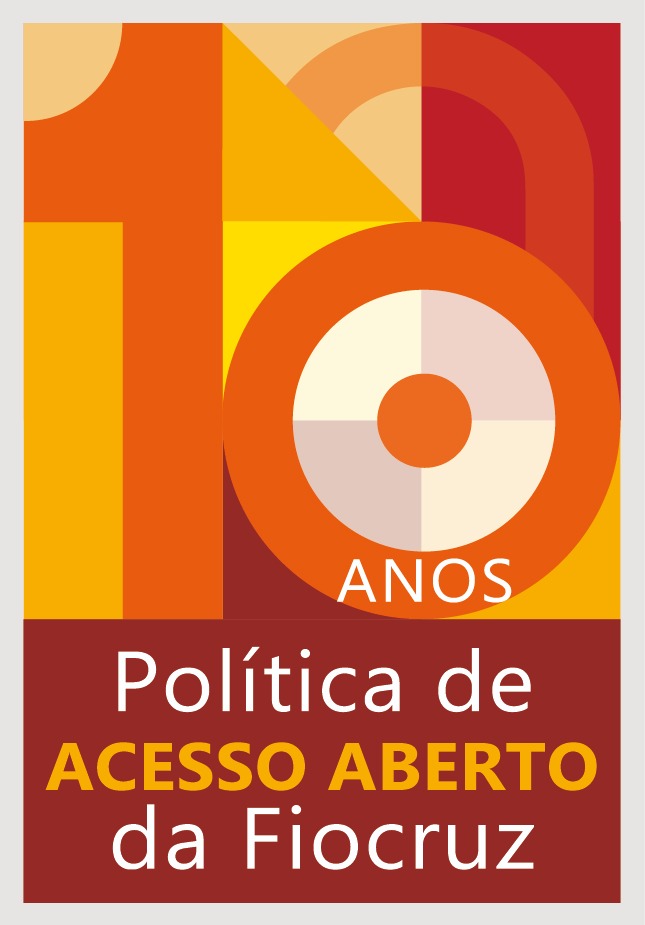Risk of thrombosis due to COVID-19 is 8 to 10 higher than due to vaccines
20/04/2021
Cristina Azevedo (Fiocruz News Agency)
A study by researchers of the Oxford University shows that the risk of cerebral venous thrombosis (CVT) in people with COVID-19 is considerably higher than in those who have been vaccinated with mRNA (messenger RNA) vaccines, such as those by Pfizer and Moderna. In addition to mRNA vaccines, the analysis also included the Oxford/AstraZeneca immunizer, produced in Brazil by the Oswaldo Cruz Foundation (Fiocruz).

The survey Cerebral venous thrombosis: a retrospective cohort study of 513,284 confirmed COVID-19 cases and a comparison with 489,871 people receiving a COVID-19 mRNA vaccine brought together researchers Maxime Taquet, John R. Geddes, Paul J. Harrison (from the Department of Psychiatry of the University of Oxford and from the Oxford Health NHS Foundation Trust), Masud Hussain (Nutfield Department of Clinical Neurosciences, University of Oxford and Oxford University Hospitals NHS Foundation Trust) and Sierra Luciano (TriNetX, Cambridge, Massachusetts).
“Although the magnitude of the risk cannot be quantified for certain, the risk after COVID-19 is approximately 8 to 10 times higher than that reported for the vaccines, and about 100 times higher than the rate among the population. The increased rate of CVT with COVID-19 is remarkable, much more significant than the increased risks for other forms of cerebrovascular accidents and cerebral hemorrhage”, says the survey. “The figures for portal vein thrombosis (PVT) state that COVID-19 is linked to thrombotic events not limited to cerebral vessels”.
Other effects of the disease
Using a network of electronic health data and data from the European Medicines Agency (EMA), they analyzed the rate of CVT and PVT in patients two weeks after the diagnosis of COVID-19, comparing it with cases associated to influenza and to vaccines.
The data analysis by TriNetX Analytics, which encompasses 59 health organizations, mainly from the USA, shows that the rate of CVT in people infected by the Sars-CoV-2 is 39 per million people, well above the figures observed for those who were given a vaccine, either the Pfizer or the Moderna one (4.1 per million). No case was observed in the context of influenza. As for PVT, the incidence was 436.4 per million among Covid-19 patients; 98.4 per million after influenza; 44.9 per million after the two doses of the vaccine.
Laboratory tests of patients who contracted Sars-CoV-2 also provide evidence that suggests “high D-dimer, low fibrinogen, and a high rate of thrombocytopenia” in the groups who suffered CVT and PVT, with a mortality rate of 20% and 18.8%, respectively.
“These data show that the incidence of CVT grows significantly after COVID-19 infection and is higher than what is observed with vaccines BNT162b2 (Pfizer/BioNTech) and mRNA-1273 (Moderna)”, says the study, referring to the two vaccines most commonly used in the USA.
The research highlights that “the risk presented with COVID-19 is also higher than the last estimate of the European Medicines Agency associated to the ChAdOx1 nCoV-19 vaccine (Oxford/AstraZeneca, 5 cases per million people), which, according to the research, helps contextualize the risks and benefits of the immunizers.
As for the concern over a possible link between vaccines and cerebral venous thrombosis, and the fact that some countries have suspended vaccination with the AstraZeneca and the Janssen vaccines in certain populations, the document observes that “a key component of the risk-benefit ratio is still unknown to this moment: the absolute risk of CVT after the diagnosis of COVID-19”.
Based on the electronic network, the survey encompassed a segment of patients with confirmed diagnosis of Covid-19 between 20 January 2020 and 25 March 2021, identifying other problems, such as high D-dimer, low fibrinogen, and high rate of thrombocytopenia two weeks after the diagnosis. For comparison purposes, rates of CVT and spleen thrombosis were also observed in people who received the AstraZeneca vaccine, based on EMA data.
Of the 513,284 patients included in the study, 54.8% were women, with an average age of 46.6 years. Of the total number under study, 20 had CVT in the two weeks following the COVID-19 diagnosis. The risk was significantly higher among patients with a history of cardiovascular disease. From those 20 cases, six were observed in patients with less than 30 years of age; four in patients between 30 and 39 years old; two in patients between 40 and 49 years old; three in patients between 60 and 69 years old; and three in the age group 70-79 years old. Among those who took the vaccine, two cases were observed, one of whom was vaccinated with the Pfizer vaccine and the other for whom it was not possible to determine whether the vaccine taken was that by Pfizer or Moderna.
The related risk of developing CVT with COVID-19 was also higher than that recorded by EMA after the AstraZeneca vaccine (169 cases per 34 million people). The risk of PVT is also significantly higher: 436.4 per million, against 44.9 per million among those who have taken the vaccine. Among the latter, 22 cases were observed: 11 after the Pfizer vaccine, two after the Moderna vaccine, and nine for whom it was not possible to determine which vaccine was used. In Europe, incidents with PVT were also higher than those recorded by EMA for spleen thrombosis after the AstraZeneca vaccine (53 cases among 34 million people, or 1.6 per million).
The study emphasizes that the data must be analyzed with care, as the magnitude of the risks of Covid-19 versus the population, in general, is not based on segments combined by age and other demographic factors. It also states that it is not possible to conclude whether mRNA vaccines increase the risk of CVT. Larger samples would be necessary to tackle the issue.
Study in Brazil points to a link with thrombosis
In Brazil, a paper published this month in the Memórias do Instituto Oswaldo Cruz science magazine draws attention to the link between an increased formation of blood clots (thrombi), which can obstruct blood circulation, and Sars-CoV-2. Its authors, a group of ten researchers, propose that its classification be changed so that Covid-19 is the first infection to be considered a thrombotic viral fever. The disease is currently classified as a severe acute respiratory syndrome (SARS).
The paper is signed by specialists in intensive care, cardiology, hematology, virology, pathology, immunology, and molecular biology who work in six medical service and scientific research institutions in Brazil: Hospital Pró-Cardíaco, Oswaldo Cruz Institute (IOC/Fiocruz), Medical School of Petrópolis (Unifase), National Cancer Institute (Inca), Carlos Chagas Institute (Fiocruz-Paraná) and United Health Group. The laboratories of the IOC/Fiocruz that participated in the paper are the Compared and Environmental Virology, the AIDS and Molecular Immunology, the Inflammation Laboratory, and the Immunopharmacology Lab.


